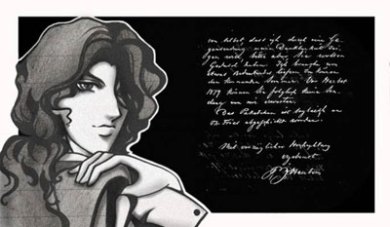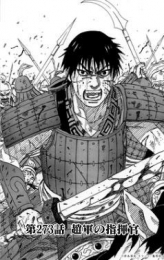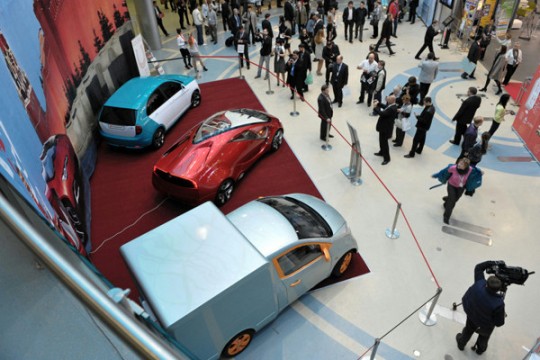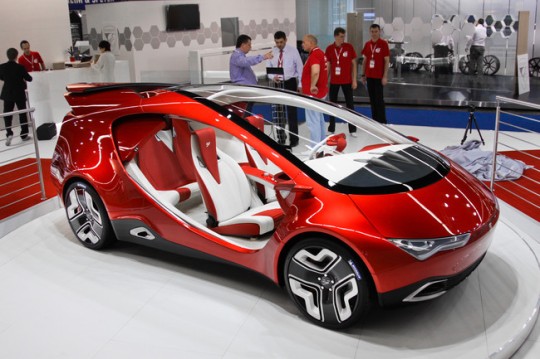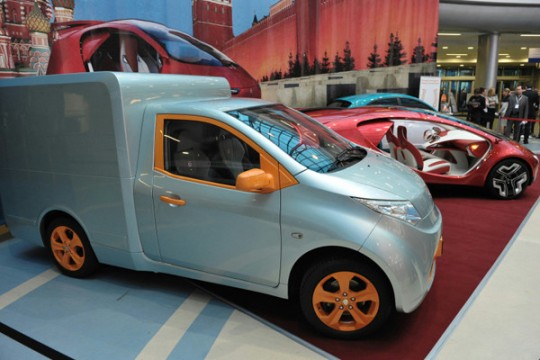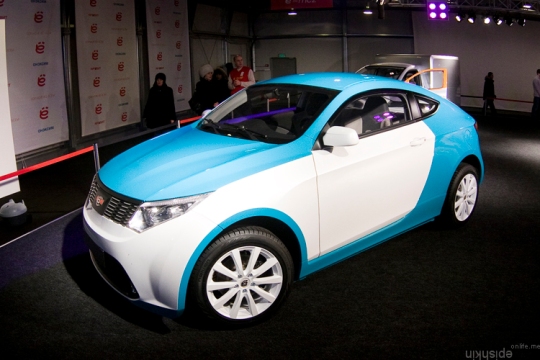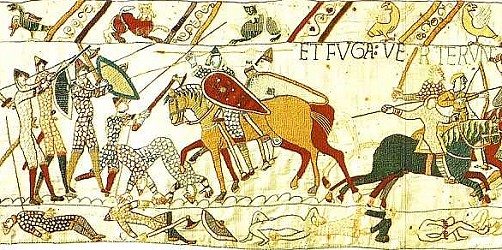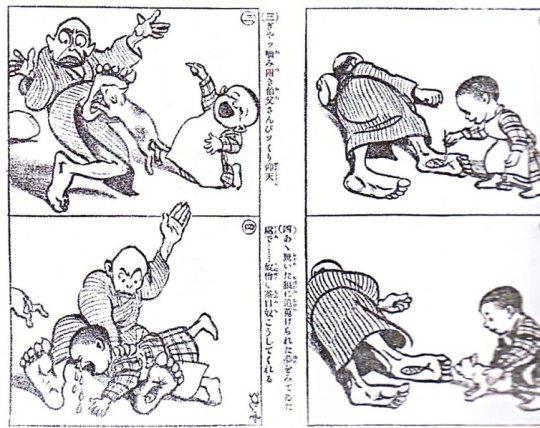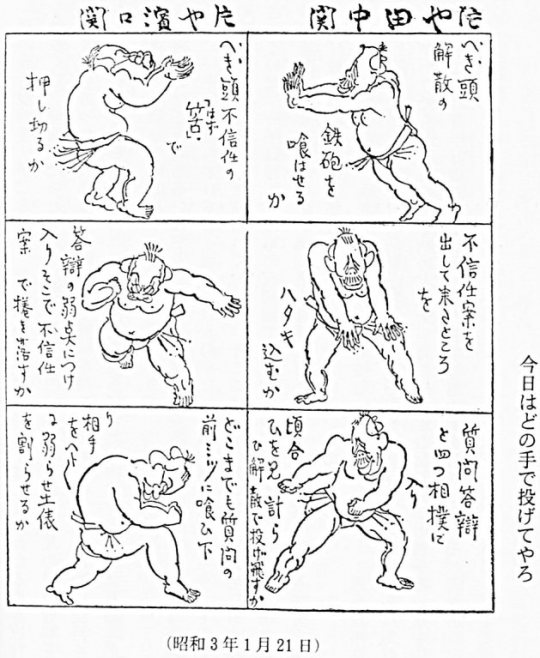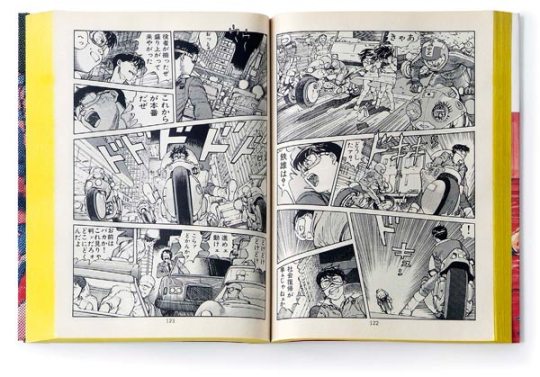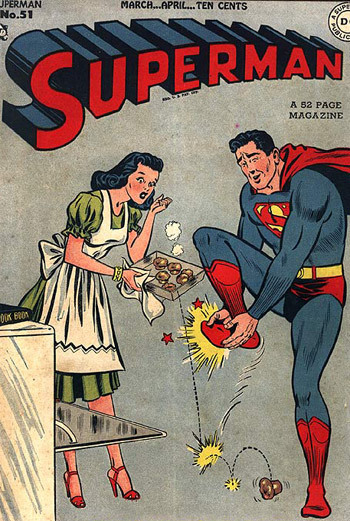Manga – Comics Made In Japan.
The word ‘manga’ (漫画, マンガ) was invented in 1814 by a famous artist Hokusai (self-portret below).
He used two Chinese hieroglyphs – “man” (“sloppy”) and “go” (“Image”) to describe his funny drawings – meaning grotesque, strange or funny pictures. However, Manga-like sketches existed in Japan thousand years before Hokusai. According to Will Eisner, the first medieval Japanese scrolls can be considered to be the first mango samples, in which the pictures were interspersed with the text. Early rolls (such as the rollout of the 12th century in the 1st picture or the rollout of the 13th century in the next picture below) were only meant for the elite, and only later have they gone to the masses.
In the late 18th century throbbing consumer culture of the middle class urban population produced the manga-like entertainment that was more mainstream. Printed on wooden tablets stories with narration, dialogue and images quickly erased the line between text and pictures. Just like the manga, they were portraying humor, drama, fantasy and even pornography. Due to the fact that in the late 19th century Japan was aggressively invaded by Western culture and technology, ‘Manga’ appeared as a hybrid of Japanese and Western satirical publications. And in the first half of the 20th century, Japanese and American comics were approximately similar in style and popularity till the Japanese had flourished wildly, crowding out the U.S.’s ‘Mango’.
Anime – from animation.
There’s one particular artist – Osamu Tezuka (https://www.facebook.com/fanpage.tezuka) – who is responsible for all the modern manga industry, and even considered to be “God of Manga’. The most famous Tezuka’s creation ‘Mighty Atom’, is well known around the world, and even has an animated version titles “Astro-Boy’ or ‘Star-Boy’, which was running in USA in 1960 («Star Boy”). In his autobiography, Tezuka said, than his manga is different from the work of predecessors:
“Most of the manga was drawn in two-dimensional projection, as a play on stage. Cast out on the left and right, and play in the center. I realized that there is no way to make a psychological impression in this way, and I was trying to incorporate “cinematic” tricks of the German and French films my student years. I juggled with the close-ups and different angles of view and tried to use a lot of pictures or even a few pages to catch the true dynamics of the movements and facial expressions that were previously limited to a single panel (“Panel” – a picture in the comic – shareable.) My Work eventually began to exceed 1,000 pages. The potential of the manga – it’s more than just humor, using themes of tears, sorrow, anger and hatred, I was creating stories that do not always have a happy ending … ”
After creating a four-panel manga for newspapers, Tezuka had made his debut in 1947 with the comic book ‘New Treasure Island’ («New Treasure Island”), the history that was published as akanon («red book” – picture below), a cheap comic book, named so because of gaudily-bright red ink on the cover. Akahon was a small niche of modest entertainment for children, who lived a difficult life of poverty in postwar Japan.
“New Treasure Island” had abruptly turned all the manga upside down when it sold 400,000 copies. Tezuka moved to squalid apartment building in Tokyo just to be closer to the publishers, and quickly produced several aspiring manga artists, some of whom had even moved into the same house. Innovations of Tezuka’s manga had transformed the entire market: the children could not stop reading his manga even when they went to high school, and then to College.

